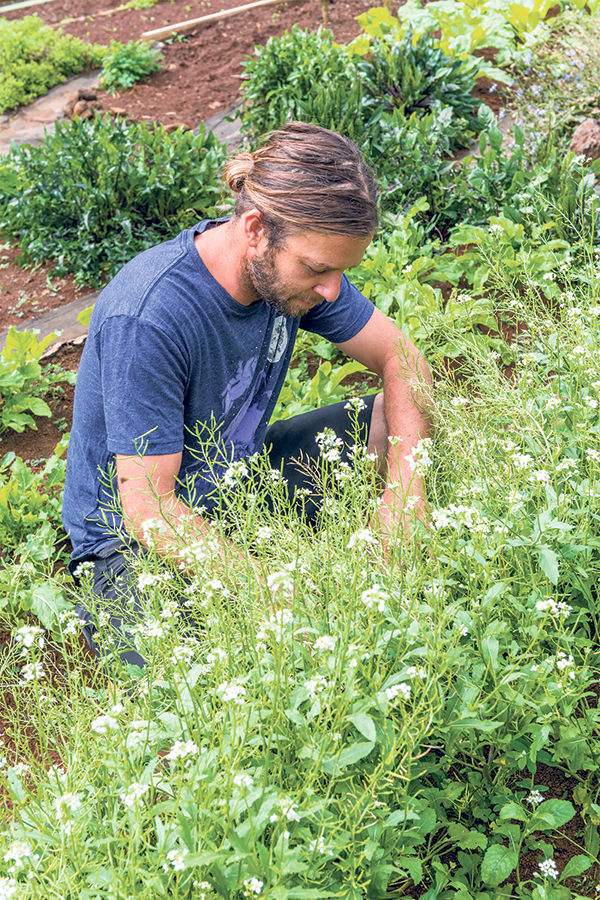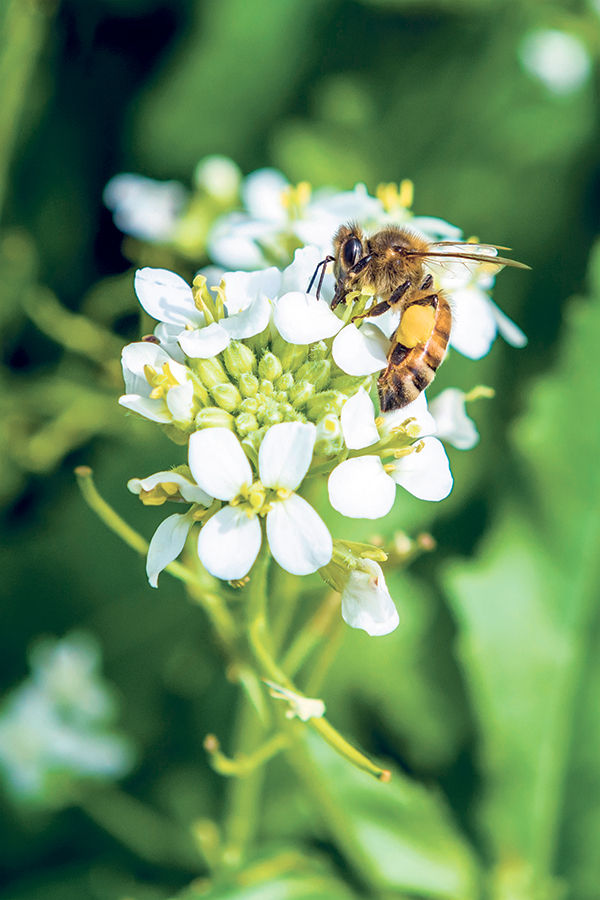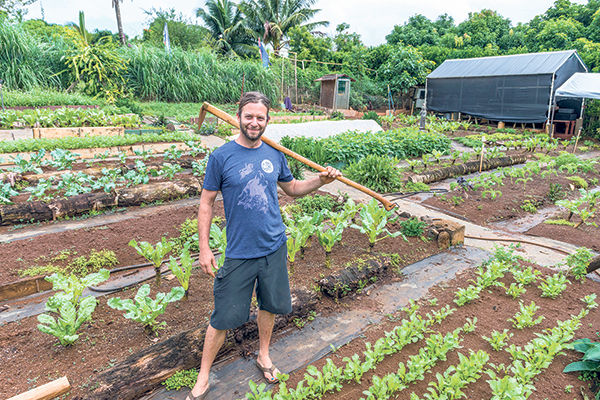Jaime Means of Shamma Farms specializes in medicinal food, herbs, micro greens and garden vegetables. Means grows on one, three-acre property with a 5,000-square-foot garden and two acres of trees; as well as a 7.5-acre property with a 3,000-square-foot garden.
Jaime Means of Shamma Farms specializes in medicinal food, herbs, micro greens and garden vegetables. Means grows on one, three-acre property with a 5,000-square-foot garden and two acres of trees; as well as a 7.5-acre property with a 3,000-square-foot garden. Means uses biodynamic farming techniques, which includes plantings timed to the lunar calendar, compost, organic fertilizer, worm casings and organic pest control.
What’s growing now
Avocados, basil, beets, broccoli, bush beans, cabbage, calamanci, carrots, cassava, chayote, chives (French and garlic), choy, cilantro, coconuts, comfery, dandelion greens, dragon fruit, edible flowers, egg fruit, eggplant, gourd (curly), grapefruit (sweet), kabocha squash, kale (curly, fizz), rainbow, kumquat, leeks, lemons (Meyer), lemongrass, lettuce, limes (seedless Tahitian), longan, lychee, mangos, marjoram, microgreens, mustard cabbage, neem, noni, onions, oranges, oregano (Greek), parsley, peppermint, perpetual spinach, rosemary, sage, spearmint, tangelo, tangerine, taro, tarragon, thyme, wasabi greens, white sapote.
Wasabi greens
Wasabi greens, also known as wasabi arugula, are small leaves no longer than two inches that taste as piquant as fresh wasabi paste. Tiny flowers grow in white clusters and have a whisper of wasabi flavor.
Wasabi arugula is a relatively new (about three years) natural varietal (non-GMO) that was designed through seed selection, which is a long but simple process. Growers planted several peppery arugula varieties, using different soil compositions and conditions, in about 100 different ways. They kept the spiciest plants and learned which growing conditions were best. They kept growing, generation after generation, until they were cultivated to be nearly as intense in heat as wasabi.
Season: Jaime says it takes three months to grow from seed to edible leaves and he is able to grow the plants year-round.
What to look for
Look for leaves that are deep green and stems should be delicately crisp.
Storage
Keep leaves and flowers dry and store in a plastic bag in the refrigerator where they will store for up to two weeks.
Preparation
Leaves can be eaten raw or lightly cooked and flowers make an excellent garnish. Wasabi arugula can be used in salads, wraps, sandwiches, and pastas, or tossed on pizzas and other baked dishes. Substitute basil for wasabi arugula for a spicy pesto or stir flowers and minced garlic in butter and toss through cooked pasta.
Cas Schwabe, owner of Akamai Juice Co., says the perfect bite is made by placing poke, alfalfa sprouts and one or two wasabi leaves onto a corn or pita chip.
Health benefits
Wasabi greens are very high in vitamin A and also contains vitamin C, calcium and iron. It’s low in calories with some sodium and potassium as well.
Shamma Farms produce can be found at
Grocery: Means delivers every Tuesday and Friday to Healthy Hut and Hoku Natural Foods. Restaurants: Akamai Juice Co., Beach House, The Dolphin. For more information, or for restaurant orders, email meansound@gmail.com.
•••
Marta Lane has been a food writer on Kauai since 2010. She graduated from a 12-week organic farming course on the North Shore and went on to become the farm’s Community Supported Agriculture manager. Marta is the author of Tasting Kauai: Restaurants – From Food Trucks to Fine Dining, A Guide to Eating Well on the Garden Island. For more information, visit www.TastingKauai.com.




